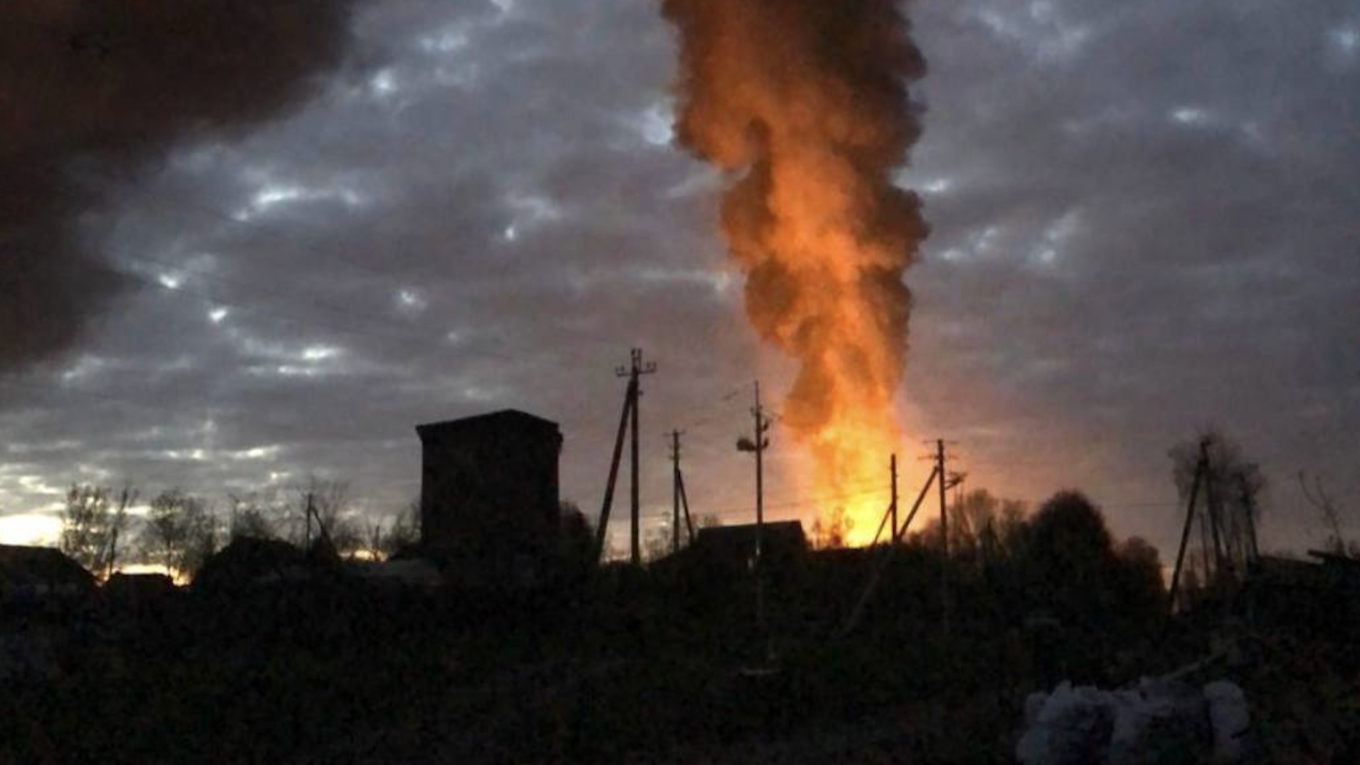In the early hours of Saturday, Ukrainian drones targeted a key weapons facility in central Russia, marking a significant moment in the ongoing conflict between Russia and Ukraine.
According to a source in Ukraine’s Security Service (SBU), the attack focused on the Aleksinsky chemical plant, a vital asset in Russia’s military-industrial complex that produces gunpowder, ammunition, and various weaponry.
This incident not only reflects Ukraine’s growing offensive capabilities but also demonstrates its tactical shift toward targeting critical infrastructure in Russia to disrupt its war operations. As the war approaches its 1,000-day mark, this approach represents a bid to weaken Russia’s supply chains and military effectiveness from within.
The Attack on the Aleksinsky Chemical Plant
The Aleksinsky chemical plant, situated in the Tula region about 200 kilometers south of Moscow, was selected as a target due to its role in manufacturing gunpowder and other essential war materials.
According to the SBU source, this offensive aligns with Ukraine’s broader strategy to undermine Russia’s military capacity by focusing on weapons factories, warehouses, and military airfields.
For Kyiv, each attack on facilities supporting Moscow’s forces represents a means to diminish Russia’s capability to “terrorize” Ukraine, a sentiment echoed by Ukrainian officials who view these strikes as vital to reversing the momentum of the war.
While the precise impact of this specific strike remains unknown, the SBU emphasized that targeting such facilities is expected to weaken the logistics that sustain Russian military operations.
Read : Ukraine Attacks North Korean Soldiers in Russia for the First Time
In addition to this strike, reports indicate that Ukraine has repeatedly launched attacks against Russian military infrastructure, including airfields and ammunition depots, especially since September when Ukraine intensified its use of domestically produced long-range drones.
Read : NATO Members Pledge 40 Billion Euros in Military Aid for Ukraine in Washington Summit
Each successful strike within Russian territory signals Kyiv’s determination to fight back aggressively and, ideally, turn the tide of the conflict in its favor.
Ukraine’s Expanding Drone Warfare and Tactical Aims
The recent uptick in Ukrainian drone strikes on Russian soil highlights a notable shift in Kyiv’s military tactics. Previously limited to defensive maneuvers and strategic strikes within occupied territories, Ukraine has extended its reach into Russia, leveraging drones to hit military targets hundreds of kilometers from the frontline.
While Ukraine’s forces remain outnumbered and outgunned in traditional ground combat, its drone capabilities have become a powerful equalizer, allowing it to inflict substantial damage on Russia’s military infrastructure.
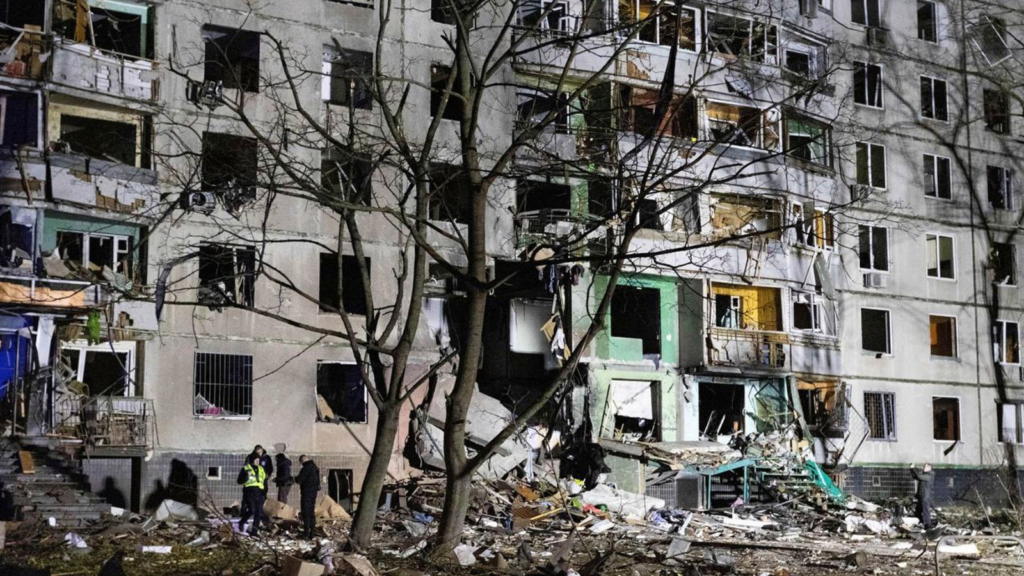
Since the introduction of long-range drones, Ukraine has managed to target and damage ammunition depots, military airfields, and now, a weapons production plant deep inside Russian territory. These operations suggest a calculated effort to compromise the logistical chain that sustains Russia’s military advantage.
Ukrainian officials argue that each strike within Russia weakens Moscow’s ability to reinforce its troops and resupply its forces on the front lines, potentially paving the way for Ukraine to regain control over occupied areas.
The strategic importance of drones in this conflict cannot be overstated. Ukraine’s success in deploying long-range drones has not only caught Russia off guard but also reshaped the nature of modern warfare, proving that even smaller nations can challenge large, heavily equipped militaries by focusing on precision and adaptability.
Ukrainian President Volodymyr Zelenskiy has consistently advocated for more long-range missiles from Western allies, pressing for the removal of restrictions that prevent Ukrainian forces from targeting deep within Russian borders. This appeal underscores Kyiv’s belief that weakening Russia’s military-industrial complex directly will yield dividends on the battlefield.
Russia’s Response and the Broader Battlefield Context
In response to Ukraine’s escalating drone attacks, Russia has intensified its defense efforts, intercepting and downing Ukrainian drones across multiple regions. Russia’s Defense Ministry reported shooting down 50 Ukrainian drones across seven regions on the same night as the Aleksinsky plant strike.
The scale of these operations signals Russia’s growing concern over the frequency and effectiveness of Ukrainian drone assaults. While Russia has successfully intercepted a significant number of drones, the continued targeting of military sites by Ukraine indicates that such attacks may persist.
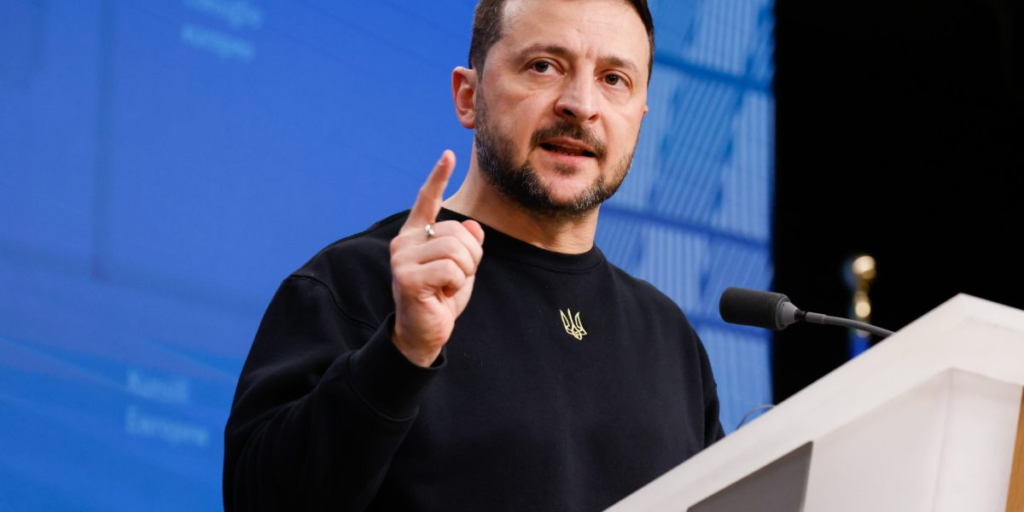
Meanwhile, on the eastern front, Russian forces are gradually advancing, especially in the Donetsk region, where they have effectively worn down Ukrainian defense lines. Reports from the Ukrainian General Staff indicate a “complicated” frontline situation, with more than 170 clashes in just 24 hours, most occurring in the eastern regions.
Guided bombs and artillery strikes by Russian forces have devastated towns and villages in these areas, underscoring the sustained intensity of the conflict. In the face of these challenges, Ukraine’s drone strikes on Russian soil represent an attempt to balance the scales by destabilizing Russia’s supply chains and military infrastructure.
As Ukraine continues to fend off Russian advances, its tactics underscore a long-term vision of disrupting Moscow’s ability to maintain its current level of military engagement. By targeting factories, ammunition depots, and airfields, Ukraine aims to make it increasingly difficult for Russian forces to maintain their operations at full capacity.
The strikes are designed not only to deliver immediate setbacks to Russia’s logistical chain but also to impose economic and political costs on the Kremlin as the war drags on.
The Growing Role of Western Support and Ukraine’s Appeal for Expanded Capabilities
The ongoing conflict has witnessed unprecedented levels of Western support for Ukraine, especially in terms of military aid and supplies. Ukraine’s advances in drone technology and military operations within Russia owe much to the backing of its Western allies.
However, President Zelenskiy’s repeated appeals for more robust long-range capabilities reflect an understanding that Ukraine’s current military arsenal, though effective, may not suffice to achieve decisive breakthroughs.
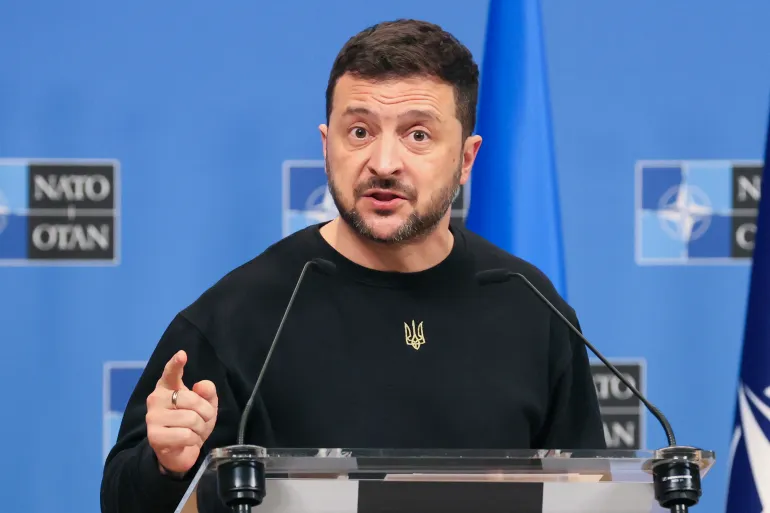
Zelenskiy has publicly urged his Western partners to lift restrictions on the use of long-range missiles, allowing Ukraine to hit strategic targets deeper inside Russian territory. This appeal aligns with Kyiv’s assessment that only by directly targeting Russia’s military-industrial heartland can Ukraine alter the strategic balance in the conflict.
While the United States and European nations have provided substantial support to Ukraine, some remain cautious about fully endorsing strikes within Russia, concerned about escalating the conflict and provoking a larger response from Moscow.
Despite these concerns, Ukraine’s case for increased military capabilities resonates with its allies, who recognize the existential stakes Kyiv faces. Each strike within Russia serves as a reminder that Ukraine is committed to defending its sovereignty by any means necessary. The drone strikes exemplify this commitment, illustrating Ukraine’s adaptability and willingness to challenge Russian aggression through innovative and strategic tactics.
The Impact of Ukraine’s Drone Strategy on the War’s Outcome
As the conflict approaches its 1,000-day milestone, the cumulative effect of Ukraine’s drone strikes on Russia’s military-industrial complex remains to be fully seen. Ukraine’s strategy of targeting facilities critical to Russian war production has the potential to erode Moscow’s long-term capacity to sustain military operations.
If these strikes continue and achieve greater consistency in disrupting Russian logistics, they may significantly impact the overall trajectory of the war.
However, the success of Ukraine’s drone strategy also hinges on sustained Western support and the provision of advanced long-range weaponry. Should Ukraine gain access to more powerful and far-reaching military assets, it could expand its operational scope even further, placing additional pressure on Russia.
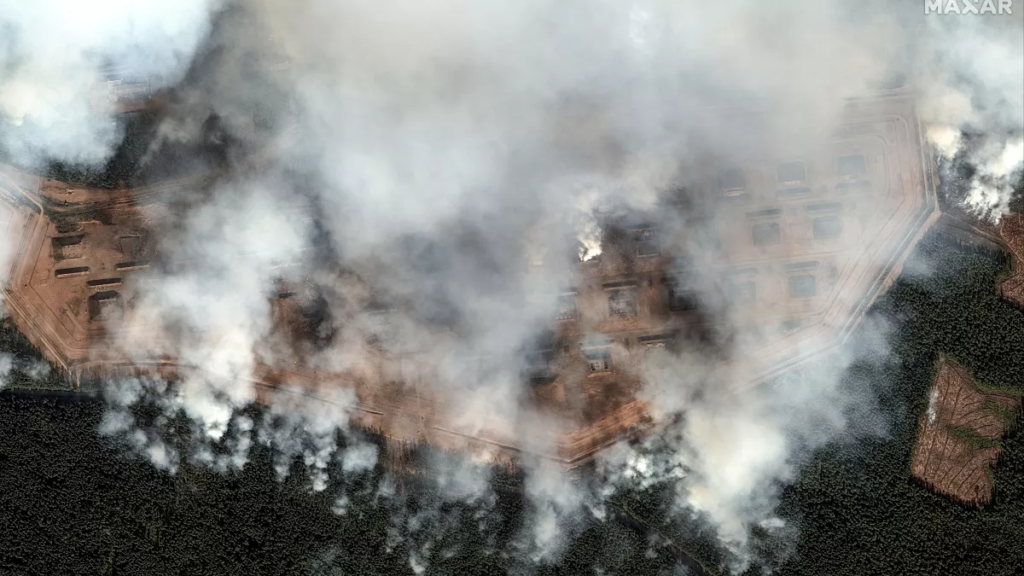
This expansion would not only increase the costs of war for Moscow but could also shift the psychological dimension of the conflict, signaling that even the heartland of Russia is vulnerable to Ukrainian retaliation.
The psychological impact of Ukraine’s drone strikes on the Russian population should not be underestimated. As more attacks penetrate deep into Russian territory, public opinion may begin to shift, particularly if the strikes disrupt daily life in significant ways.
Although the Russian government maintains tight control over the media and public discourse, sustained attacks could contribute to mounting dissatisfaction and raise questions about the costs and benefits of prolonged engagement in Ukraine.
Ultimately, Ukraine’s drone strategy reflects a broader vision for reclaiming control and defending its sovereignty against a much larger adversary. By striking at the core of Russia’s war machine, Ukraine aims to carve out a path to eventual victory or, at the very least, force a reevaluation of Moscow’s war strategy.
While the war remains deeply complex and unpredictable, Ukraine’s innovative approach to asymmetric warfare underscores the resilience and determination of a nation fighting for its survival.
let’s enjoy few years on earth with peace and happiness….

